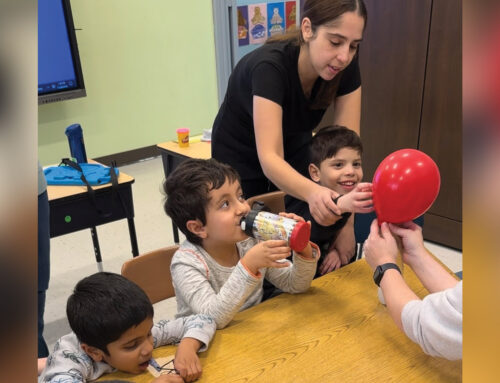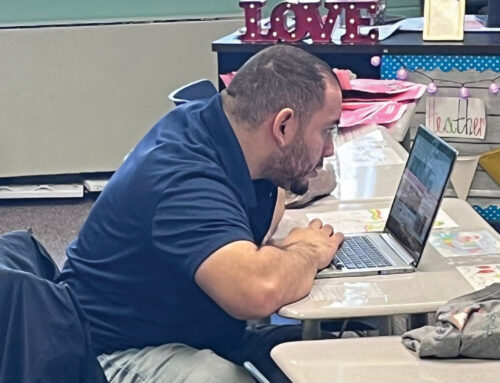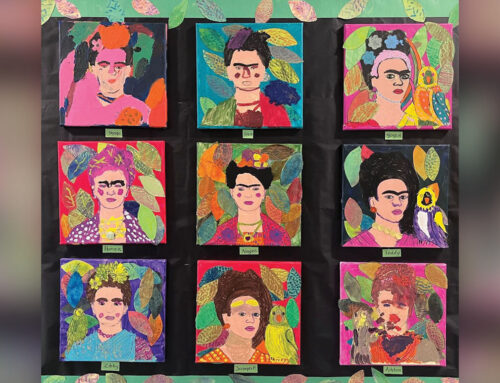Challenges Facing our Speech Therapists During Remote Learning
Remote speech therapy for students with autism can be hard, and tech glitches are just the start. Frozen screens, slow-downs, and access to shared screens can turn a perfect lesson plan into a frustrating endeavor for the therapist, the student and the parents.
“I always have a plan B so that when tech issues arise, I can resort to lower tech activities,”
said Fran Reinitz, M.A. C.C.C. SLP, Speech Department Coordinator.
Many students are overloaded with screen time and may elope from their devices during a session. The speech therapist’s challenge is to plan an engaging and diversified therapy session in order to establish and maintain a student’s participation. A single lesson might include commercially-available animated programs that can grab the student’s attention, teacher-made materials designed to target individual language goals, worksheets, multidimensional items that therapists can hold to the camera for students to see, and physical activity to give students a sensory break if needed.
Visual information has always been an integral part of our students’ learning and with remote learning has become an even more valuable component of a successful experience in the therapy session.”
– Fran Reinitz, M.A. C.C.C. SLP, Speech Department Coordinator.
Using annotation tools like text boxes, highlighters, and pointers, therapists draw a student’s attention to what matters on the screen, and help prompt the language that they are trying to elicit. These same tools can be used to cue a student as to when it is their turn to talk, and provide supports in helping them to take their turn.
“Without our parents’ support we would not be able achieve our goals for our students. We depend on them to get signed on, to help their child stay engaged and to help us troubleshoot. A big and heartwarming thank you goes out to them!” Ms. Reinitz said.






 2024-2025 Lead Testing in Drinking Water Results
2024-2025 Lead Testing in Drinking Water Results